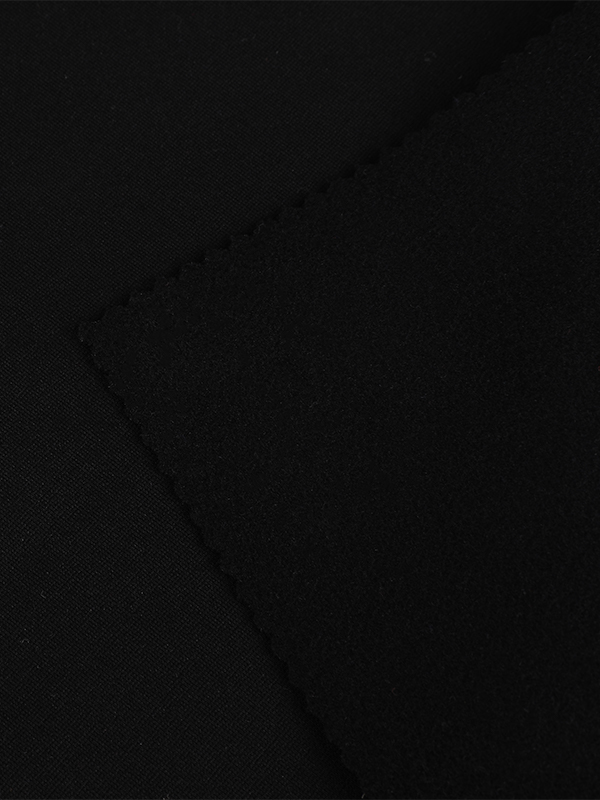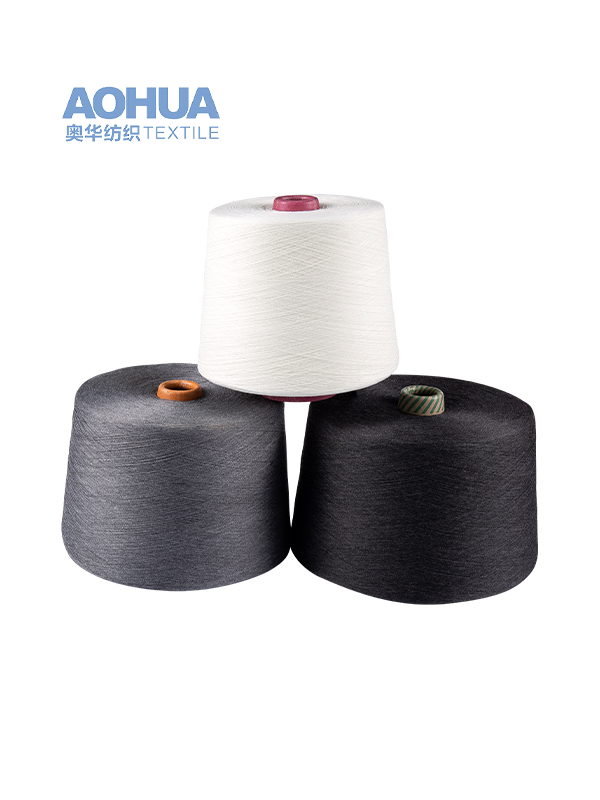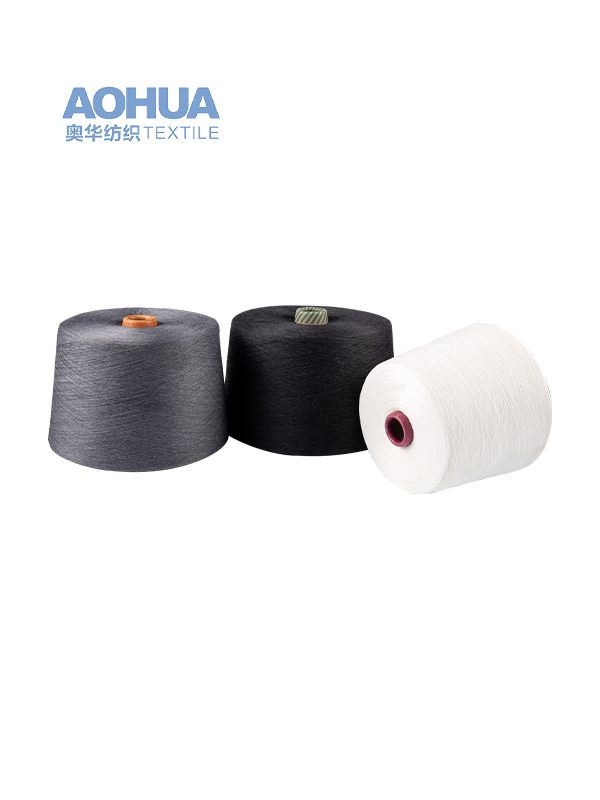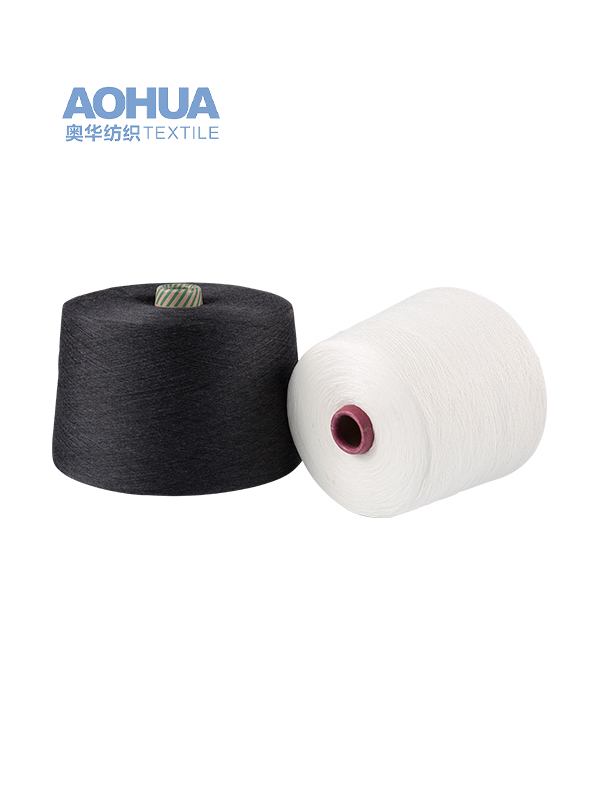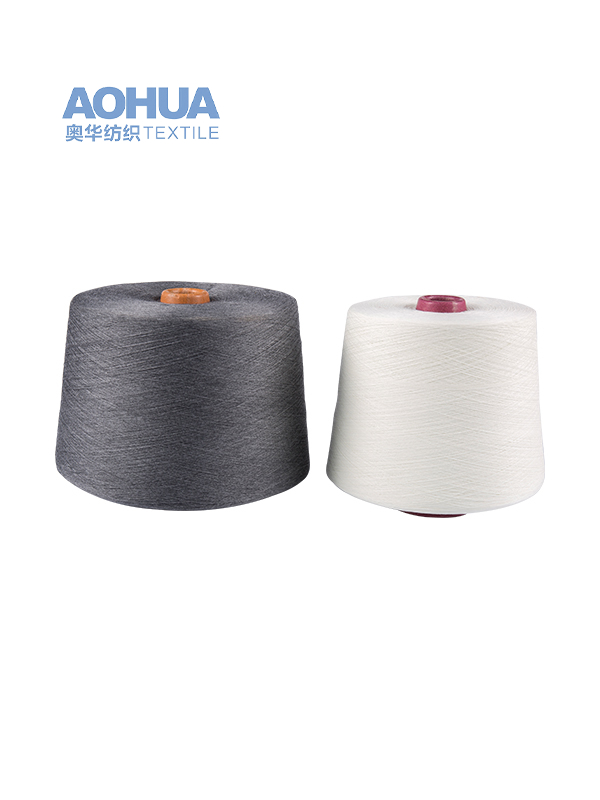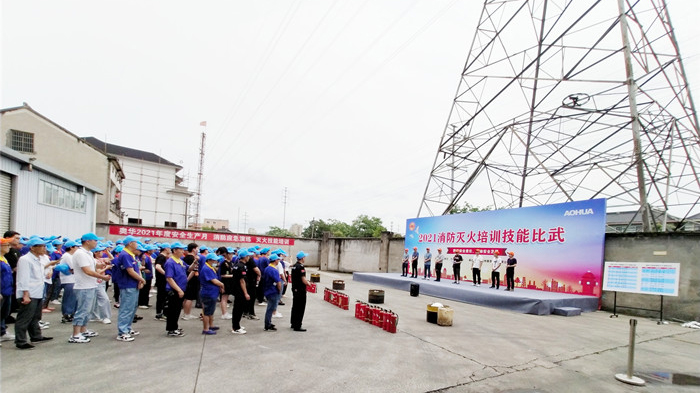We are a national high-tech enterprise. At present, there are many kinds of self-woven and cooperatively processed fabrics, including microfiber warp-knitted towel cloth, weft-knitted towel cloth, coral fleece, etc.
Improving the flexibility of woven fabric involves enhancing its ability to bend, drape, and conform to the body or other surfaces. While woven fabrics are inherently less flexible than knitted fabrics, several strategies can be employed to increase their flexibility. Here are some methods to improve the flexibility of woven fabric:
Fiber Selection:
Choose flexible and soft fibers, such as cotton, Tencel (lyocell), rayon, or modal, which are more pliable and have a natural drape.
Blending Fibers:
Blend natural fibers with synthetic fibers like rayon, modal, or microfiber to enhance the fabric's flexibility. Synthetic fibers can contribute to a silkier feel and may also improve drapability.
Weave Pattern:
Opt for weave patterns that provide a softer and more flexible texture, such as plain weaves or lightweight twill weaves. These weave patterns are more pliable and drape well.
Finishing Treatments:
Apply fabric softeners or finishes that can improve the fabric's handfeel and make it softer and more flexible. Enzymatic softeners, silicone softeners, and bio-polishing treatments are common options.
Sizing and Starch:
Reduce the use of sizing or starch in the weaving process, as these can make the fabric stiffer. Lighter sizing or starch treatments can help maintain flexibility while providing stability during weaving.
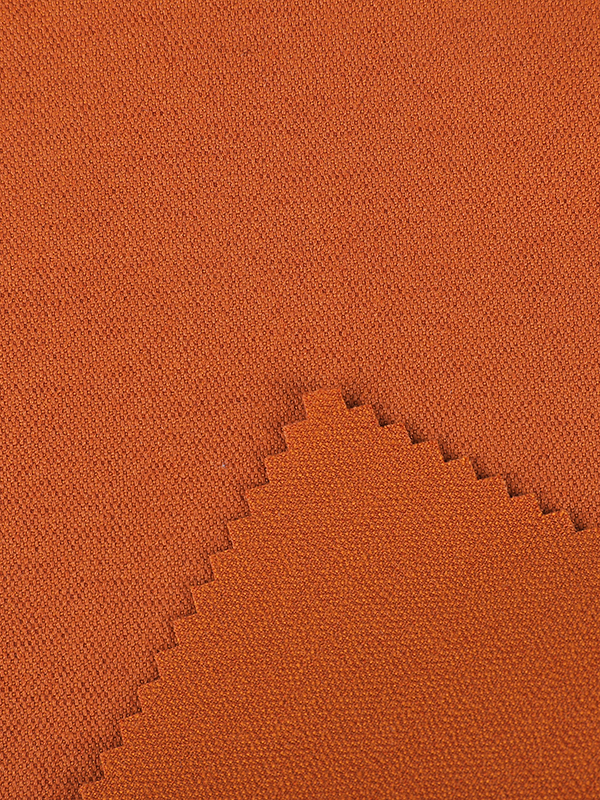

Laundering:
Soften the fabric through laundering. Repeated washing with a mild fabric softener can improve the fabric's texture and make it more flexible over time.
Bias Cut:
Cut the fabric on the bias (diagonal) grain, as this can increase its flexibility. Bias-cut pieces can stretch and conform to the body's curves more effectively.
Layering or Lining:
Use fabric layers or linings to add flexibility and drape to the main fabric. This is commonly done in clothing and curtains to enhance the way the fabric hangs.
Creasing and Folding:
Crease and fold the fabric along the desired lines to improve flexibility in specific areas. This is often used in tailored garments to create sharp, flexible lines.
Pattern Design:
Use patterns that incorporate gathers, pleats, and darts to provide flexibility and shape in clothing. Strategic seam placement can also enhance the flexibility of woven fabric.
Garment Construction:
Choose construction techniques that reduce stiffness, such as French seams, rolled hems, or flat-felled seams. These techniques can make garments more comfortable and flexible.
Testing and Sampling:
Prior to selecting a fabric for a specific application, conduct touch tests and compare samples to ensure that the chosen fabric feels flexible and drapes well.
Remember that while these methods can enhance the flexibility of woven fabric, woven fabrics will always have a certain level of structure and stability due to their interlaced yarns. The level of flexibility achieved depends on the chosen fibers, weave patterns, and the intended use of the fabric. Selecting the right fabric and applying the appropriate modifications can help ensure the desired flexibility and drape in your woven fabric applications.

 English
English 中文简体
中文简体